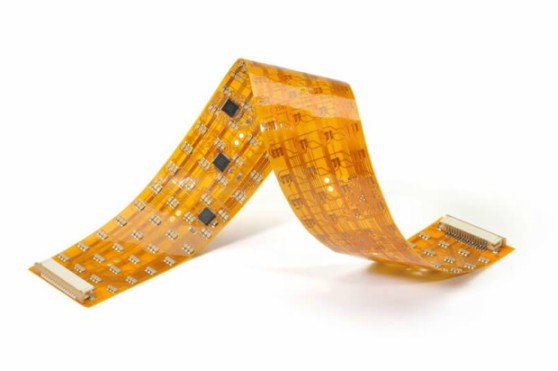The more things change, the more they remain the same. This is one of the best ways to describe Industry 5.0. It is coming gradually and unlike Industry 4.0 it involves robots and human staff working in collaboration. Bringing back people into the factory floor that has been taken over by the robot.
Industry 4.0 focused more on bringing in robots to replace human staff and although it has not reached its maturity yet, which is focused on ‘’lights out’’ factory (a factory free of human staff and robots working in darkness are monitored remotely) it is being interrupted by the coming of Industry 5.0.
Universal Robots are in the forefront of ushering this new phenomenon in industry. Unlike its predecessor, Industry 5.0 focuses on bringing back the human touch to products. In as much as they are advocating for increased automation in industry, they are building collaborative robots or cobots that work collaboratively with human staff.
Benefits of Cobots in Industry 5.0
Secure jobs for human staff
Automation in industry was always viewed as a threat to jobs. As more companies acquired robots and a lights out factory was the focus, jobs in industry became more elusive. The nightmare of automation had finally come true and eliminated the need for humans in factories.
Collaborative robots on the other hand are saving human staff jobs and at the same time reducing production costs for the factories. Cobots enhance the production process but still need human staff alongside them for the tasks they cannot complete well on their own.
Enhance job satisfaction levels
As a result of collaborative work, human staff will be able to focus on the tasks that robots cannot. Human staff will need to increase their skills and their education. This will lead to human staff focusing on the value addition side of the job. This will in turn drive innovation and creativity. Which will then raise job satisfaction at all levels of the companies and therefore there will be an increase in productivity.
Mass Personalization
Industry 5.0 will allow for an increase in products manufactured according to the specifications of the user. At the moment people can order customized cars but in the future, customized products will be the norm and not the exception.
All these will be made possible by the need for human staff to up skill themselves and focus more on value addition jobs. As a result, there will be an increased information that can be applied to the design process. Consequently cobots which work faster coupled with the new information will enable customization
Human touch
As much as cobots will allow for both mass personalization and better jobs for the human staff it will also allow for a human touch on the products. As much as cobots can work on products in different shapes, they cannot do everything. As customization increases, the human touch will enhance the final product as it reaches the customer.
Cost effective
The main driver of automation is the cost savings that accrue to companies that do embrace it. In terms of cost, cobots allow manufacturing entities to make huge savings. Cobots also allow for higher levels of productivity and also help increase profitability in organizations. An investment in cobots is a wise decision as within a year the organization will have recouped its investment and accrued more benefits from it.
Competition
Each step in a new direction leads some to death or despair. Those that are the first to move in a promising new direction become the leaders of industry under a new dispensation. Organizations that will adopt cobots as industrialization realizes a new dawn, will effectively be miles ahead of their competition and other laggards. As every new technology in the information age, those with the most information and can execute perfectly will lead the market as the other rush to adopt the new technology that catapulted their peer to industry leadership and thus entrenching Industry 5.0.



